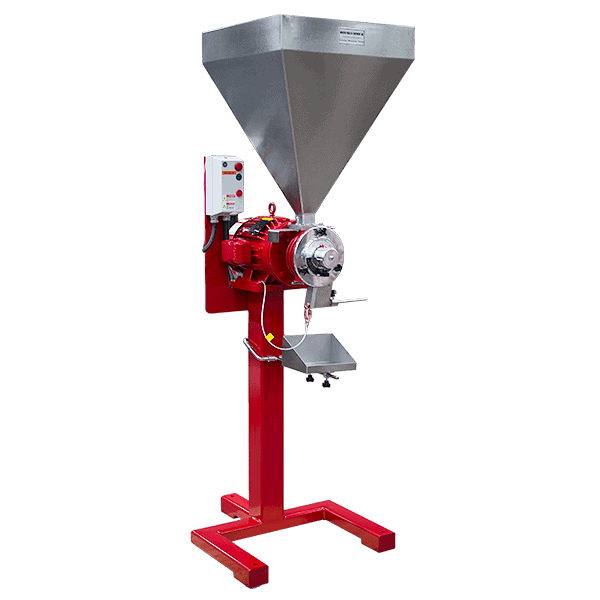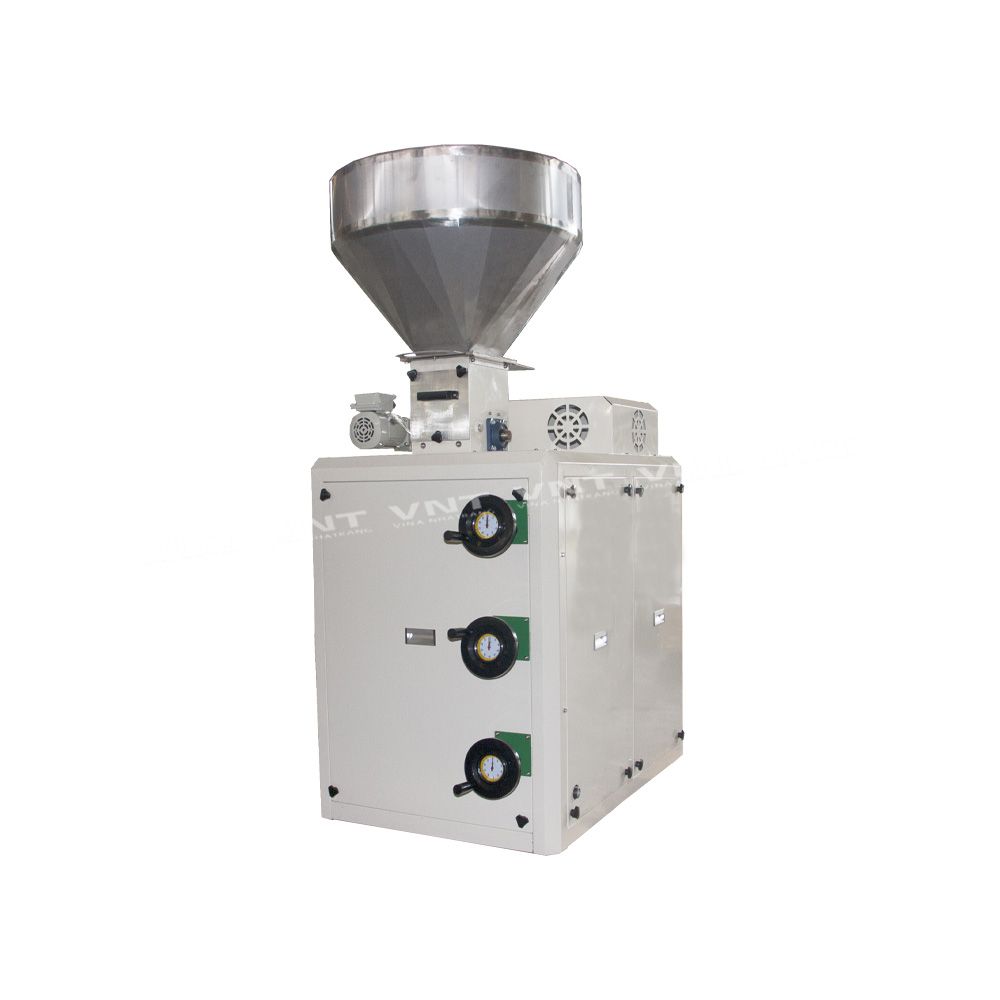Just How to Choose the Perfect Industrial Coffee Mill for Your Service
Choosing the ideal industrial coffee mill for your organization is a multifaceted decision that needs mindful factor to consider of several critical factors. Additionally, comprehending the various types of grinders offered can dramatically affect your operational effectiveness.
Assess Your Grinding Requirements
When choosing a commercial coffee mill, one have to initially analyze their grinding needs to guarantee ideal performance and consistency. This preliminary analysis includes comprehending the quantity of coffee to be refined daily, along with the desired grind size for various brewing methods. A high-capacity grinder might be essential for organizations offering huge amounts of coffee, while smaller sized procedures might find a more compact model enough.
Furthermore, it is important to think about the types of coffee beans being utilized, as different beans might call for certain grinding techniques to attain the very best taste profile. Oily beans may necessitate a grinder designed to take care of such attributes without clumping or overheating.
Another critical element is the needed grind uniformity. Specialized coffee companies often require exact grind dimensions to improve removal and flavor, making it essential to pick a grinder that can supply uniform outcomes. Lastly, reviewing the readily available space and electric requirements will certainly help in picking a grinder that fits seamlessly right into your operational operations. By completely analyzing these variables, companies can make enlightened decisions that line up with their coffee grinding demands, inevitably resulting in a premium product and completely satisfied customers.
Understand Grinder Types
Understanding the various sorts of industrial coffee grinders is critical for making a notified option that meets particular operational demands. There are mostly 2 categories of grinders: blade mills and burr mills.
Blade mills use rotating blades to slice the coffee beans, resulting in an irregular work dimension - Industrial Coffee Grinder. While they might be a lot more cost effective, they are typically not appropriate for industrial applications where precision is vital
On the various other hand, burr grinders offer a much more uniform grind by crushing the beans between 2 surfaces. They can be additional categorized right into flat burr and conelike burr mills. Apartment burr mills use a constant work size and are typically favored for espresso preparation, while conelike burr mills are flexible and can handle a variety of brew approaches, from coffee to French press.
When choosing a grinder, think about the specific demands of your business, including desired work uniformity, production quantity, and the kinds of coffee beverages you plan to use - Industrial Coffee Grinder. Each grinder type has its constraints and advantages, so understanding these subtleties allows notified decision-making that aligns with functional goals
Evaluate Work Dimension Consistency
Achieving work dimension consistency is essential for generating high-quality coffee, as variations in particle size can substantially influence removal and taste. When choosing a commercial coffee grinder, it is essential to review exactly how well the equipment preserves harmony in work size across various batches. Irregular grind dimensions can lead to irregular removal, leading to a mug that may taste weak or excessively bitter.
To evaluate grind dimension consistency, take into consideration grinders with functions such as flexible grind setups and top quality burrs. Burr this content mills, in particular, stand out in generating uniform particle dimensions compared to blade mills. The material and shape of the burrs play a vital function, with stainless-steel and ceramic options offering toughness and precision.

Take Into Consideration Manufacturing Ability
In the fast-paced world of coffee production, thinking about manufacturing capability is extremely important for organizations intending to satisfy demand without sacrificing quality. The production capacity of an industrial coffee grinder straight influences a company's ability to fulfill orders efficiently, manage inventory, and react to rising and fall market fads.
When assessing manufacturing ability, it is necessary to evaluate the mill's output price, commonly gauged in extra pounds per hour. This dimension ought to line up with your service's forecasted sales volume and growth targets. For example, a coffee shop with a high turn over may require a grinder that can process a number of hundred pounds daily, while a smaller procedure may be enough with a lower capacity model.
Additionally, consider the kind of coffee being processed. Various beans and blends might impact grinding rate and performance, necessitating a grinder efficient in managing diverse manufacturing needs. It's also worth considering the grinder's capacity to preserve constant high quality under high output conditions, as any variations can impact the last product.
Inevitably, choosing a grinder that matches your service's production capability will ensure you remain affordable and responsive to client assumptions.

Budget Plan and Maintenance Variables
When examining the right commercial coffee budget, upkeep and mill elements play a considerable go role in the overall decision-making process. An initial investment in a high-grade grinder can yield long-lasting benefits, yet it's vital to establish a clear budget plan that lines up with your organization's functional needs. Consider both the purchase cost and possible functional prices, such as power intake and substitute components.
Maintenance is an additional crucial facet that can affect your budget plan. Industrial coffee grinders need regular upkeep to guarantee ideal efficiency and durability. Examine the maker's suggestions for maintenance, including cleaning routines and components substitute, as these will affect long-term operational costs. Furthermore, take into consideration the accessibility of service and support, as dependable support can mitigate downtime and repair expenditures.

Investing in a mill that is resilient yet very easy to preserve can conserve money over time. While lower-priced alternatives may be alluring, they may sustain higher upkeep prices and minimized efficiency. Inevitably, balancing first costs with long-lasting maintenance and operational performance will certainly direct you to the most effective option for your organization's coffee grinding needs.
Verdict
Picking the suitable commercial coffee mill demands a comprehensive assessment of grinding requirements, mill types, grind dimension uniformity, manufacturing ability, and financial factors to consider. An appropriate mill not just boosts the top quality of the coffee produced but also contributes to the total success and profitability of the venture.
Specialized coffee organizations often demand precise work dimensions to boost removal and flavor, making it important to choose a grinder that can supply uniform results. Flat burr mills supply a regular grind size and are generally preferred for coffee preparation, while cone-shaped burr grinders are functional and can take care of a variety of brew methods, from coffee to French press.
When picking a commercial coffee grinder, it is crucial to review just how well the device maintains harmony in grind size throughout various batches. Burr mills, in specific, excel in generating consistent bit sizes contrasted to blade grinders.Selecting the ideal commercial coffee navigate to this site grinder demands a thorough analysis of grinding requirements, grinder kinds, grind size uniformity, production ability, and monetary factors to consider.